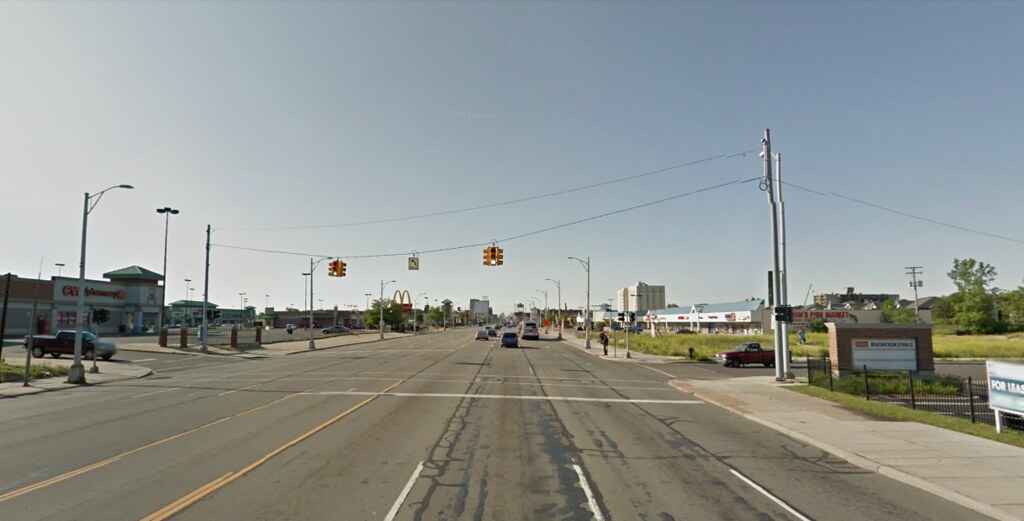ShonTron
Moderator
Member Bio
- Joined
- Apr 24, 2007
- Messages
- 12,464
- Reaction score
- 9,262
- Location
- Ward 13 - Toronto Centre
I would say that the older American suburbs are far superior to their Toronto counterparts at least in terms of architecture. There is no outlying area of the GTA that has Oak Park's Frank Lloyd Wright heritage or the shingle style houses of suburban Boston. Even New York's Bronxville and Bedford Hills make Oakville look dumpy, trashy and off-the-shelf.
Now the people living in those communities are a different story...
Chicago's and New York's railway suburbs are much older than most of Toronto's as they were 1,000,000+ cities in 1900 while Toronto was only at most 350,000 at the same time. Chicago has some great central railway suburbs, but Toronto does have Port Credit and Oakville - which are still nice, urban railway suburbs surrounded by similar suburbia that you get in outer Cook County.








